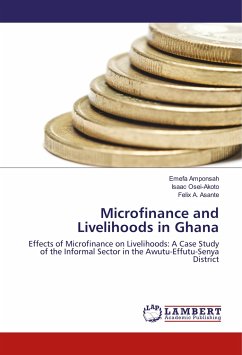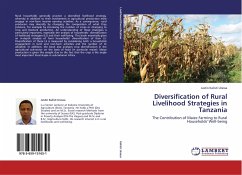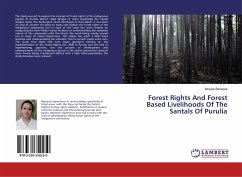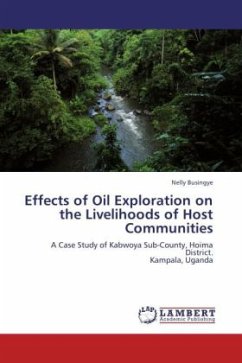Microcredit the world over is seen as an engine of growth to those living relatively with low living standards. The Awutu-Senya-District is one such district where microcredit is being used for such a purpose. The credit schemes in the district range from Formal credit to informal ones. The study analyses the effects that microcredit has on livelihood and to identify the factors that determine who gets access to credit and also the effects that microcredit has on livelihood. The quasi-experimental study design (with - without) methodology was applied to enable the study to compare the livelihood situation of beneficiaries of credit as against that of non-beneficiaries. The study identified that microfinance has both negative and positive effects on livelihoods. The factors that determine who has access to the credit include demographic, social and economic characteristics of the individual. The amounts of money beneficiary's access determine what kind of livelihood outcome an individual will experience. Beneficiaries who are able to save tend to have a positive effect on their livelihoods.
Bitte wählen Sie Ihr Anliegen aus.
Rechnungen
Retourenschein anfordern
Bestellstatus
Storno








